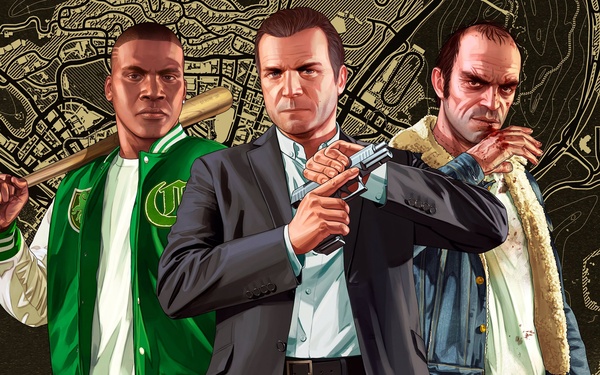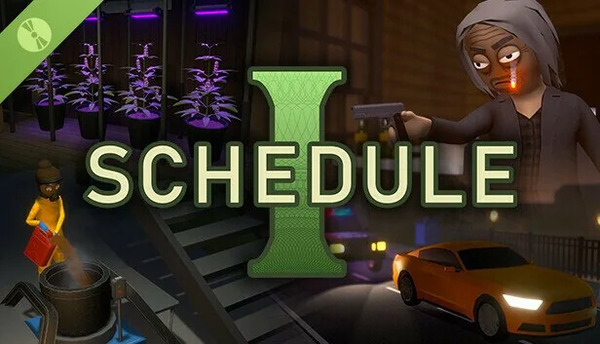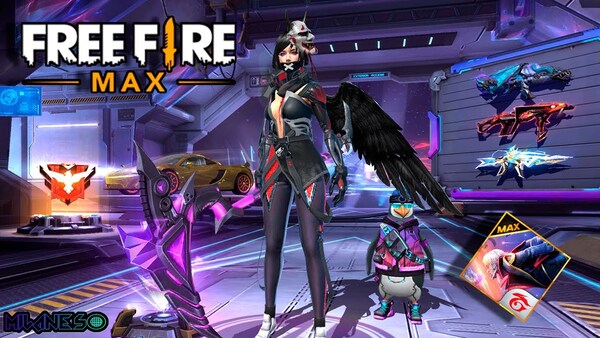Rust Game Survival Guide: Mastering the Wasteland in 2025
Opening Paragraph:
Rust, the brutal multiplayer survival game developed by Facepunch Studios, is not for the faint-hearted. From hostile environments to unpredictable players, Rust pushes gamers to survive, build, and dominate in a savage open world where death lurks at every turn. Whether you’re spawning on a beach for the first time or a seasoned raider with a full armored base, the game’s evolving dynamics continue to test even the most experienced players.
This comprehensive 2000-word guide explores Rust from its gritty beginnings to its modern-day mechanics. You'll learn about survival strategies, base-building, raiding, PvP combat, resource management, and more. We also include pros and cons, gameplay ratings, and future trends that will help you thrive—or at least survive—in Rust’s unforgiving world.
1. The Origins and Evolution of Rust
Rust was first released as an early access title in December 2013, inspired by survival mechanics found in games like DayZ and Minecraft. It began as a harsh survival simulator with zombies and basic shelter mechanics, but over time evolved into a complex sandbox where player interaction became the core experience.
By 2018, the game had moved away from its original PvE elements and leaned heavily into PvP, base building, and resource control. With consistent updates, graphical improvements, and community-driven feedback, Rust solidified itself as a premier survival title on PC, and eventually expanded to consoles.
Rust’s strength lies in its ever-changing environment and emergent gameplay. No two servers or sessions are alike, giving players both intense challenges and creative freedom.
2. First Steps: Surviving Your First Day
Your first moments in Rust are crucial. You start with nothing but a rock and a torch, usually on a beach. The immediate goals are simple—gather wood, stone, and food while avoiding other players and wildlife.
Finding or crafting basic tools like a hatchet and spear is your first priority. With these, you can build a temporary shelter, cook meat, and begin accumulating resources. Staying out of sight is often smarter than engaging others, especially on high-population servers.
Navigating the map, understanding landmarks, and identifying safer areas to build can make the difference between quick death and long-term survival. Many players die in their first 10 minutes—your success depends on quick thinking and stealth.
3. Base Building and Defense
Once you’ve gathered enough resources, your next step is to build a base. The building system in Rust uses a modular foundation, allowing for towers, honeycomb walls, traps, and secret rooms.
A starter 2x1 or 2x2 wooden base is good enough for beginners. However, upgrading to stone and later to metal is essential for long-term survival. Building Tool Cupboards (TC) and adding locks to doors are critical steps to prevent your base from being raided.
Defensive strategies often include:
-
External walls and gates
-
Shotgun traps or flame turrets
-
Hidden stashes or backup loot rooms
Rating: 4.5/5
4. Gathering and Managing Resources
In Rust, everything revolves around resources—wood, stone, sulfur, metal fragments, and cloth are essential for crafting weapons, armor, and structures.
Players must mine rocks, cut trees, and kill animals to survive. Later, you'll access high-value areas like monuments or caves for loot. Farming sulfur is key to raiding since it’s used to make explosives and gunpowder.
Efficient gathering requires:
-
Crafting better tools (metal pickaxe/hatchet)
-
Using furnaces for smelting
-
Organizing storage boxes inside your base
The constant need for resources forces players into conflict zones or high-risk travel, making farming both rewarding and dangerous.
5. Combat Systems and PvP Mechanics
Rust’s combat is intense, high-stakes, and unforgiving. Gunplay is skill-based, and melee combat often determines early-game skirmishes. Whether fighting naked with a rock or wielding an AK-47, each encounter could result in huge losses or gains.
Combat mechanics include:
-
Recoil control and bullet drop
-
Hit registration and armor values
-
Base defense through traps or turrets
Fights often occur during raids or monument contests. Team play is crucial in high-pop servers where zergs (large groups) dominate. Solo players must rely on stealth, hit-and-run tactics, or off-time raiding.
6. Raiding: The Thrill of Breaking and Entering
Raiding is one of Rust’s most exciting and controversial features. With explosives and strategy, you can breach enemy bases, loot their storage, and assert dominance on the server.
The most common raiding tools are:
-
Satchel Charges
-
Rockets and Rocket Launchers
-
Explosive 5.56 Ammo
-
C4 (Timed Explosive Charges)
Successful raiding requires knowledge of building layouts, resource investment, and sometimes teamwork. However, poor planning can result in wasted explosives and death.
Defensive base designs often include honeycombing and decoy rooms to delay or mislead raiders.
7. Monuments, Events, and NPCs
Monuments are special locations on the map like the Airfield, Train Yard, or Launch Site. These areas contain high-tier loot but are also highly contested. Many require radiation protection or puzzle-solving to access.
Some events include:
-
Cargo Ship raids
-
Chinook drops
-
Bradley APC and Helicopter fights
These provide rich rewards but come with risk, as players flock to these locations once events begin. PvE elements like NPC scientists and turrets also guard some of these high-value areas.
Monuments are essential for progression, offering military crates, elite weapons, and rare blueprints.
8. Crafting and Blueprints
Rust’s progression is heavily tied to its blueprint and crafting systems. Players must research items to unlock the ability to craft them.
You’ll need:
-
Workbenches (Tier 1, 2, 3)
-
Scrap to research or purchase items
-
Components like pipes, springs, and gears
Crafting enables you to create weapons, explosives, armor, and base upgrades. The higher the tier, the more powerful the gear. Scrap farming becomes a crucial part of progression and raiding potential.
Efficient crafting and blueprint management can determine your server dominance. Losing a base with high-tier workbenches can be a devastating setback.
9. Team Play vs. Solo Survival
Rust is infamous for its ruthless multiplayer environment. Playing in a team often gives a significant advantage in combat, farming, and raiding. Teams can zerg servers, dominate monuments, and build massive bases.
However, solo play is still possible—though much harder. Solo players must rely on stealth, efficient resource use, and clever base designs to survive and compete.
Clans often use voice communication and Discord for coordination. Large servers become battlegrounds between mega clans, while smaller servers allow more opportunities for solos and duos.
10. The Future of Rust and Final Thoughts
Rust continues to receive regular updates and new content. From skin marketplaces and Twitch drops to new monuments and server types, the game evolves with its community.
Upcoming features may include:
-
More vehicle customization
-
NPC factions or alliances
-
Dynamic weather and seasons
-
Improved modding tools
Despite its steep learning curve and brutal environment, Rust remains one of the most rewarding survival experiences. It challenges your strategy, adaptability, and resilience.
Whether you're here to build, kill, or trade, Rust ensures no two playthroughs are ever the same.
Conclusion: Should You Play Rust in 2025?
Rust isn’t just a survival game—it’s a social experiment wrapped in chaos, competition, and creativity. The raw tension of losing hours of progress, the thrill of winning a raid, or the satisfaction of crafting the perfect base all contribute to its lasting appeal.
It’s best suited for players who enjoy risk, PvP, and sandbox freedom. While toxic communities and a steep learning curve may deter some, the payoff is worth it for those who stick around.
If you're ready for a gaming experience that rewards planning, punishes mistakes, and never holds your hand, Rust might just be your next obsession.






























